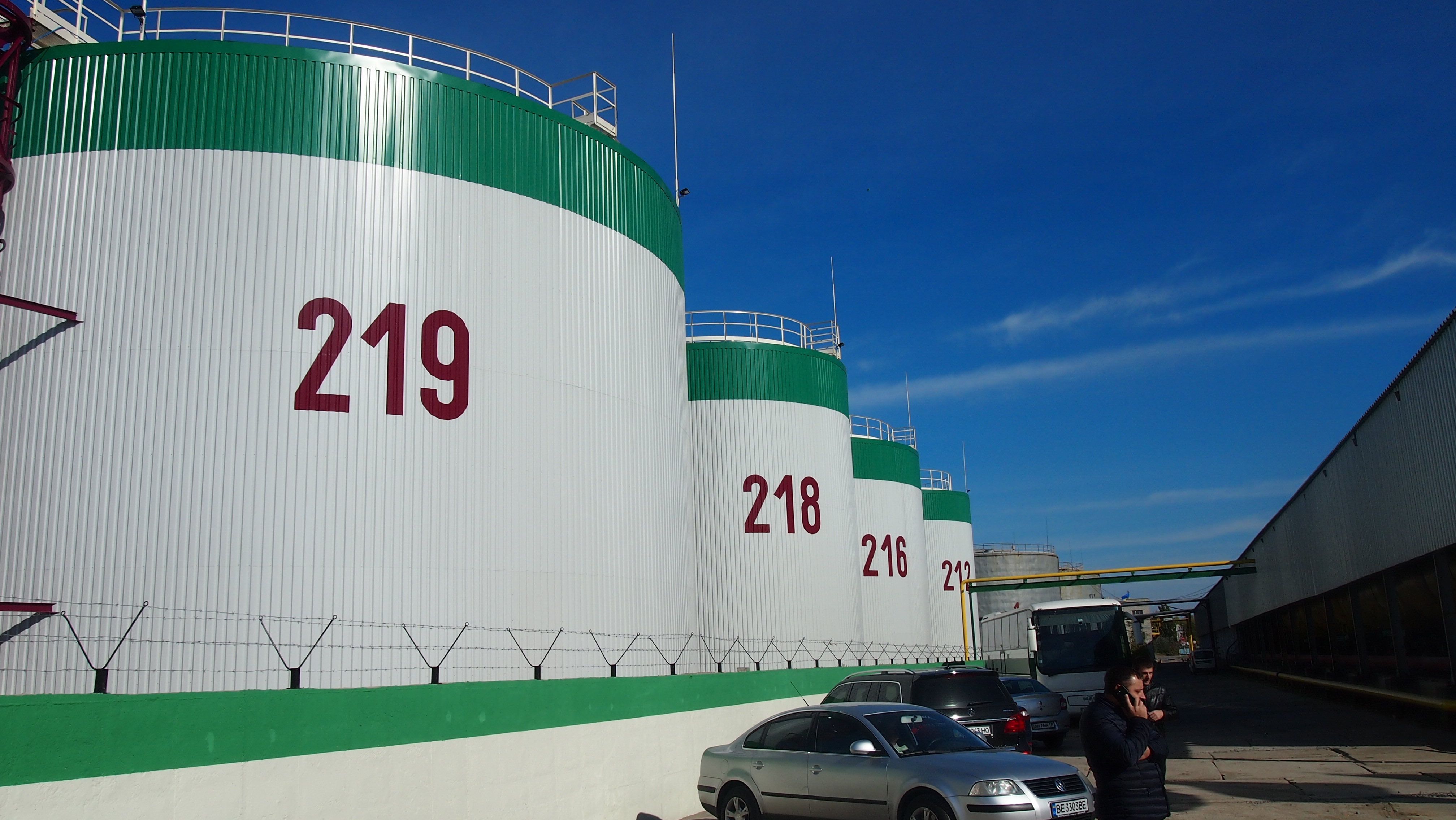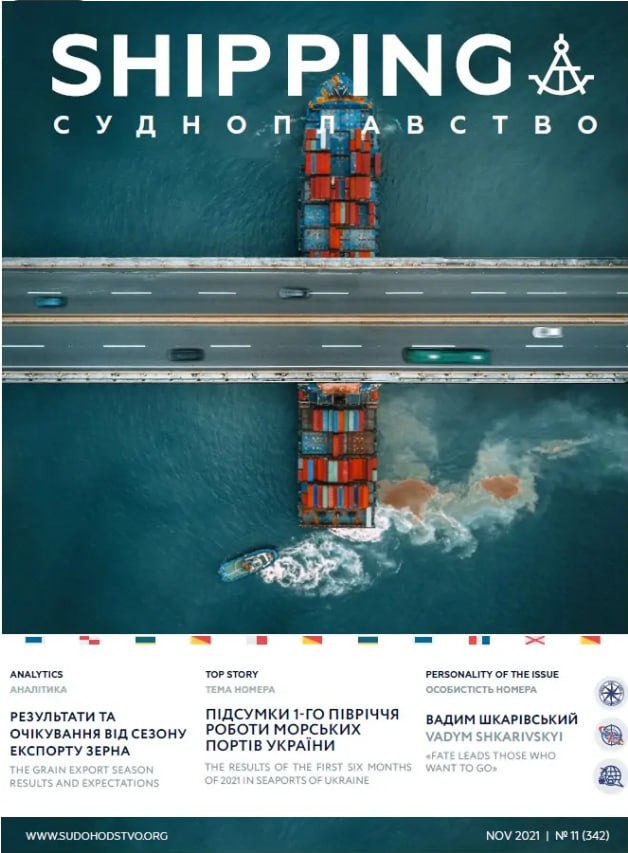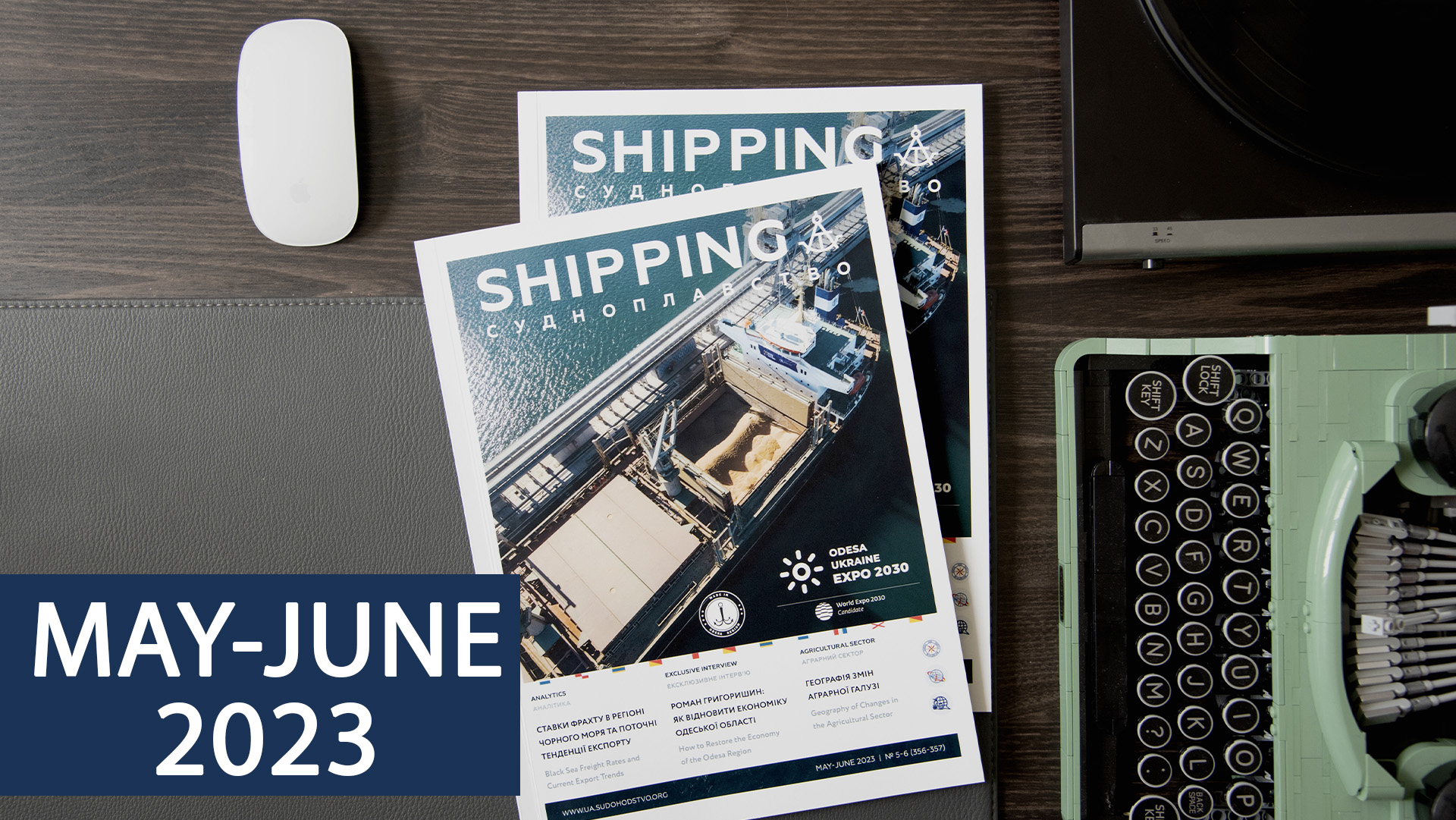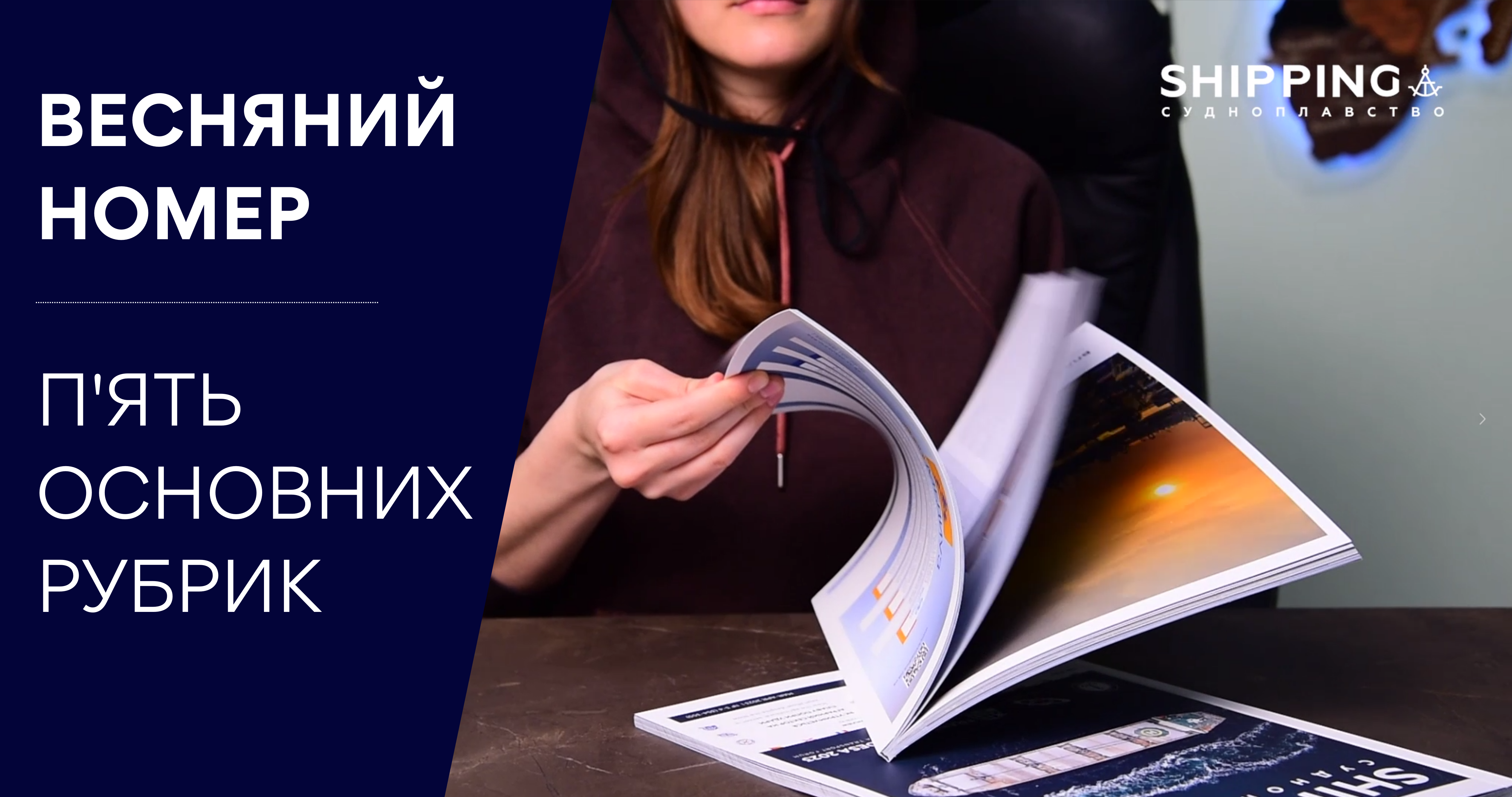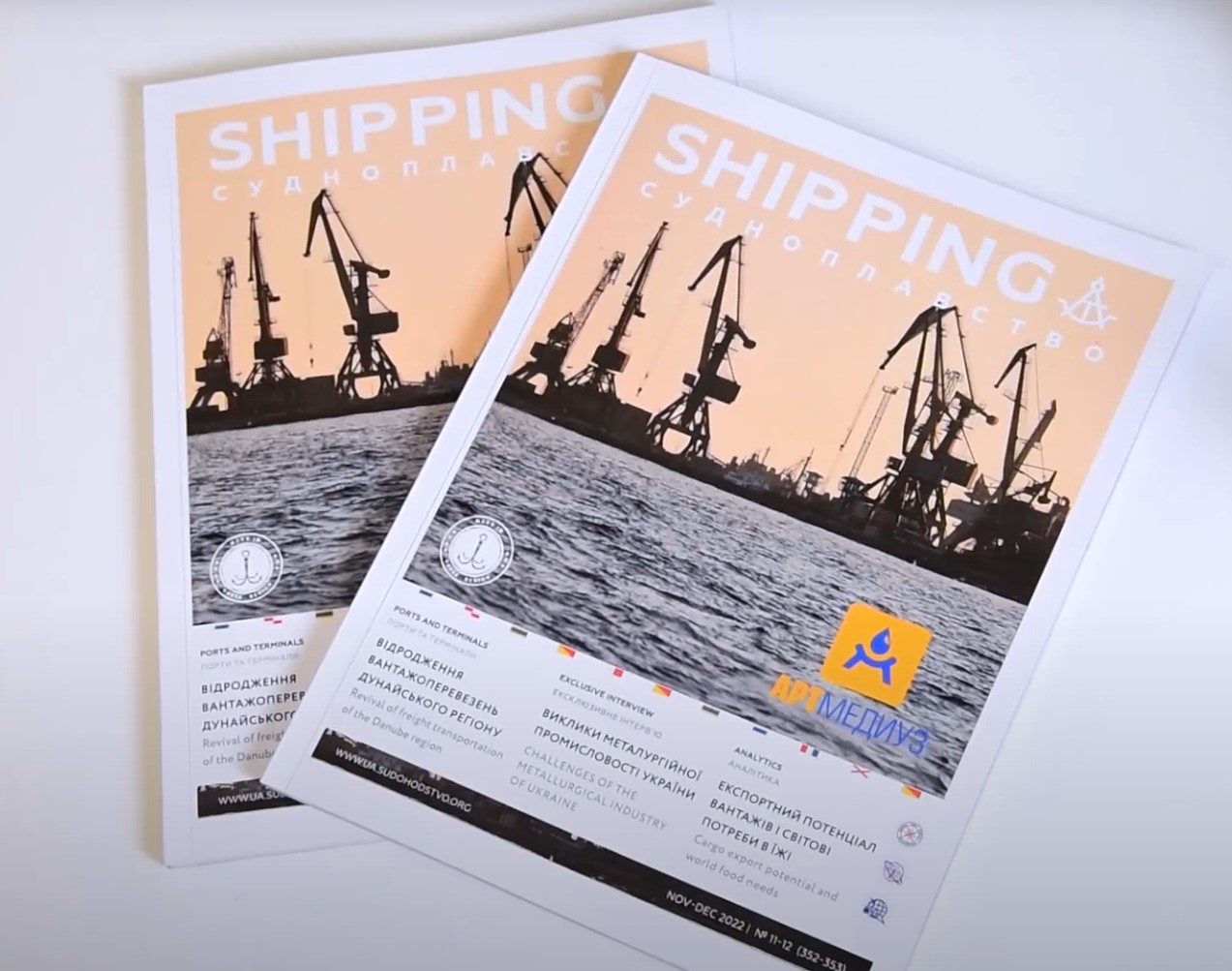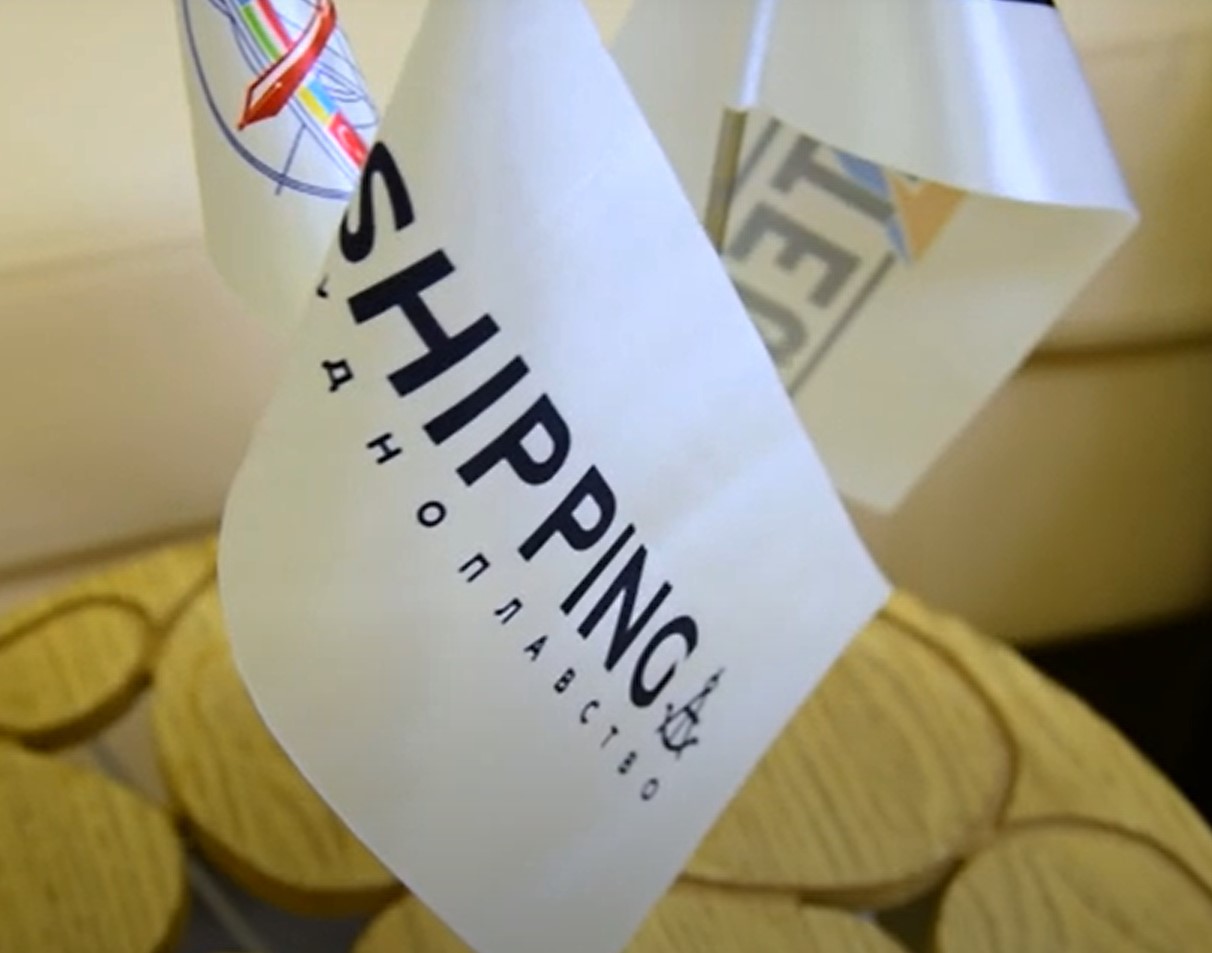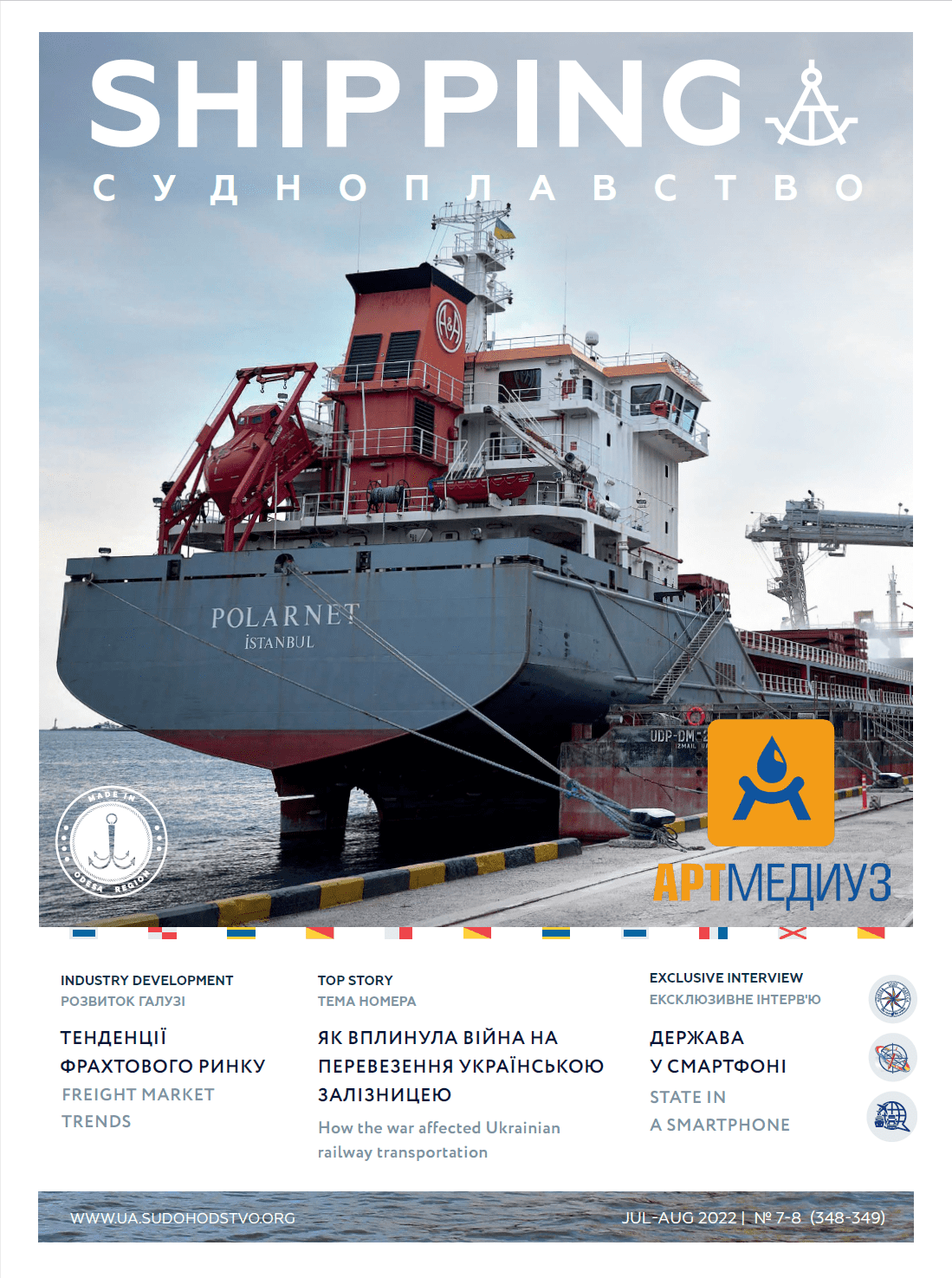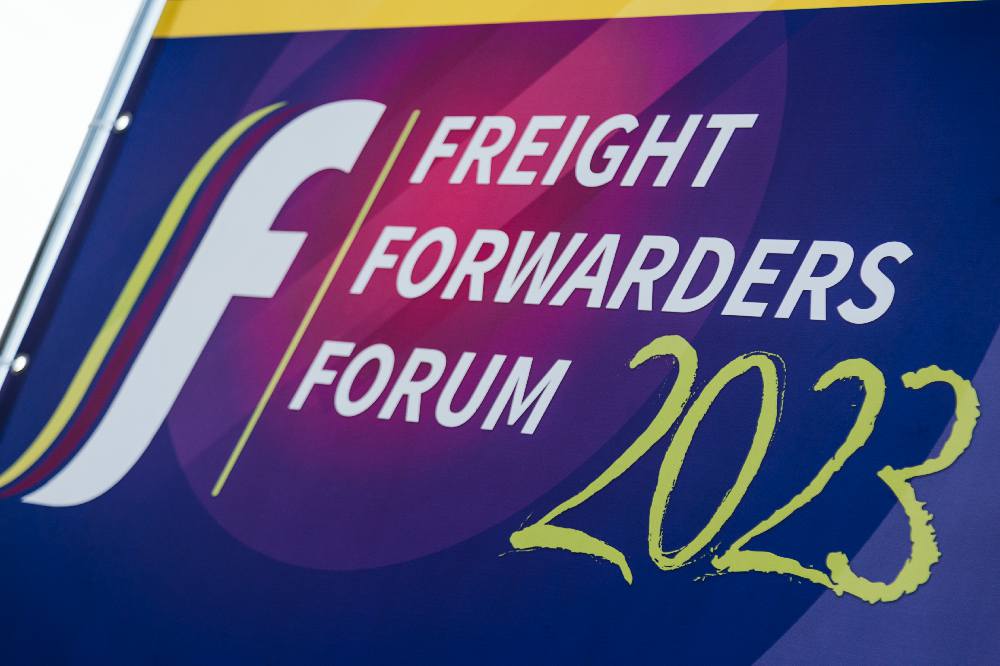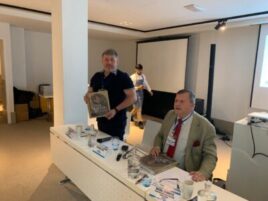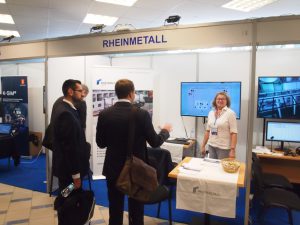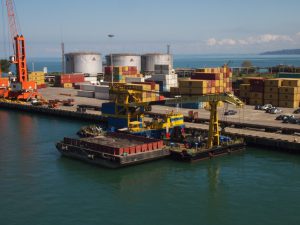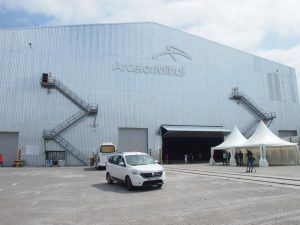The coastal passenger transport in Ukrainian sea gate – the city of Odessa – sank into oblivion a long time ago, but, nevertheless, is a very popular mode of transport in other countries, having access to the sea. How real is this project for today’s Odessa – and what prevents reviving this wonderful alternative to ground public transport in the big city?
Odessa is a million-plus city; one of the major ports for passenger cruise ships in international flights on the Black Sea. What is a passenger boat – or, as it is commonly called, «a sea tram» – local people can still remember. Moreover, with a significant increase in the number of cars in Odessa and the degree of congestion of city streets in the past decade, the potential popularity of water urban public transport routes will only increase. However these ideas remain only ideas, while other countries use this kind of passengers’ movement at full speed.
«Neighbors» have
The examples do not need to go far. In Istanbul, located on the other coast of the Black Sea, water transportation is incredibly popular. On the one hand, this contributes to a practical necessity: the European and Asian parts of the megapolis are connected by only two fairly busy road bridges (more than that, a couple of years ago, the underground line was put under the Bosphorus, within the project «Marmaray», – whereby water passenger transport demand is extremely desirable. And if we add to this the pleasure of sea travel, compared with a trip on the bus, – and its low cost for a passenger (of 2 – 2.3 Turkish liras, or 60-70 eurocents) – everything becomes clear.
Coastal shipping lines can be divided into several groups: «vapures», connecting two landing place on the European and Asian sides; vessels (boats) making trips through the city, which routes includes 5-10 or more stations; vessels (boats), running as a part the Bosphorus tours (mainly in the tourism sector); ferries and «sea buses» making regular flights through the Sea of Marmara and the Bosphorus between different cities (the last two groups have a higher fare – 10-40 liras).
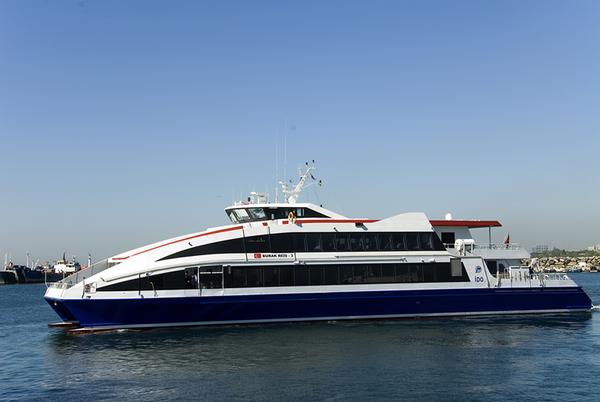
The route network of water passenger transport in Istanbul covers almost all the water areas of the city, whether it is on the side of the Bosphorus, the Golden Horn or the Marmara Sea. It’s interesting to note that apart from the large shipping companies, such as «Sehir Hatlari» or «IDO», in the Turkish megapolis you can meet water «private taxi» (who will take an unreasonable price), and just next to the large launches there are little «single» boats for 10-12 passengers, traveling between several stations (and charging the same two liras for the drive).
It should also be noted that in Istanbul there is in operation a well-developed infrastructure of this mode of transport: almost forty working piers (iskelesi) in different areas of the city that can take the passenger boats – from major seaports to landing places, most of which are equipped with turnstiles and terminals for plastic cards payments (Istanbulkart).
About 50 million people per year use the water transport in Istanbul.
Architecture gives a «green light»
In a city like Odessa, which is located along the sea coast, in the conditions of dense traffic flows, it is advisable to use boats for passenger transport, – the architects Vladimir Glazyrin and Elena Vaschinskaya wrote in 2011. Marine urban and suburban passenger transport recovery will meet the needs of the population and tourists for moving, leisure, tourism and sea travelling. The present situation with land transport infrastructure, its problems, taking into account the number of vehicles on the city roads, its dramatic increase during the holiday season, are additional serious arguments in favor of water transport. Particularly critical situation is created in areas «Chernomorka – City-center» and «Kotovsky District – City-center» (the way to the city center from the southern and northern parts).
The authors of the work, entitled «Prospects for the development of water kind of passenger transport in Odessa» indicate that, in addition to intercity passenger transportation, it is necessary to consider the organization of inter-port passenger transport between places, adjacent to Odessa. It may be, for example, the route «Odessa – Illichevsk (now Chernomorsk) – Zatoka – Sergeevka – Bilhorod-Dnistrovskyi» and «Odessa – Kryzhanovka – Yuzhny». The base port in the proposed system of urban and suburban transport, without a doubt, should remain Odessa sea port – with its preserved infrastructure and capabilities (technical, technological, human) and accommodation in the center of all the traffic.
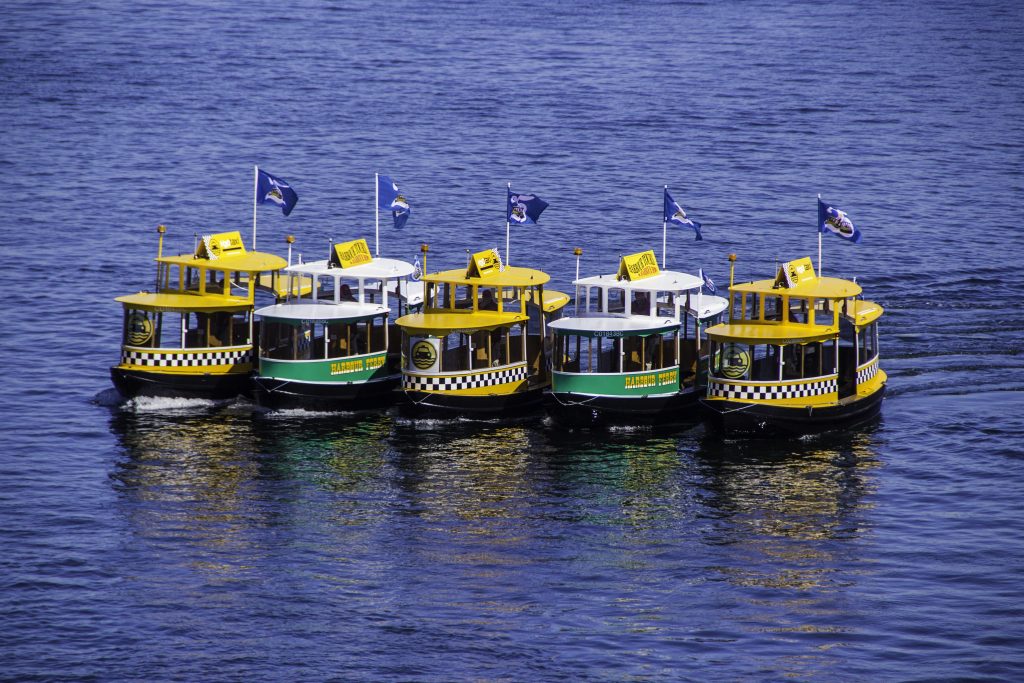
In world practice of intercity passenger transport «marine trams» (or «water taxi») are most common; which operate on the routes with more than two stops, provide services according to the timetable and in compliance with the pre-agreed route. For example, the water taxi route in Baltimore (USA) has 17 stops, allowing passengers to use this form of transport on a daily basis. Dimensions and specification of «sea trams» in the world are different and depend on the characteristics of the route and market requirements. For example, water taxis in Vancouver (Canada) serve the route length of no more than two kilometers, can put in up to 25 passengers, develop a speed of up to 9 knots and is operated by one person. In San Francisco (USA) cutting-edge catamarans are used, their capable speeds are up to 34 knots and they can carry 350 passengers on the routes connecting the city with its suburbs. A special niche is occupied by «sea trams» with hybrid power plants designed for using solar energy as well as conventional diesel fuel.
The analysis of the most efficient routes and examples of the organization of the coastal passenger transport shows that the most effective and profitable are the routes, which take 12 to 15 minutes. In addition, studies show that in modern conditions the inhabitants of the city are not willing to spend more than 15 minutes walking to get to the starting point of the «sea-bus». Thus, the maximum travel time during peak hours should not exceed 45 minutes. «Sea tram» stops should be integrated into the municipal public transport network and connected with it by at least one mode of transport. In Odessa, piers and jetties can be placed in close proximity to the densely populated bedroom community (Kotovsky District) and business (tourist) center – for example, the sea port (passenger terminal), the Potemkin Stairs.
On this topic
In early May 2015, the first time in the last two decades river passenger traffic between Kherson and Nova Kakhovka was opened. Hydrofoil «Polesie-5» delivered almost three dozens of passengers – with 53 seats – through the Dnieper.
Today, according to the portal «Easyway», flight cost is 20 UAH (the last data update – August 5 this year). Distance – 62.6 km. Carrier – SE «River ports authority» (Kherson).
Odessa needs an investor
Over the past few years the economic situation in Ukraine has changed significantly in a negative direction – due to, among other things, the military-political factors.
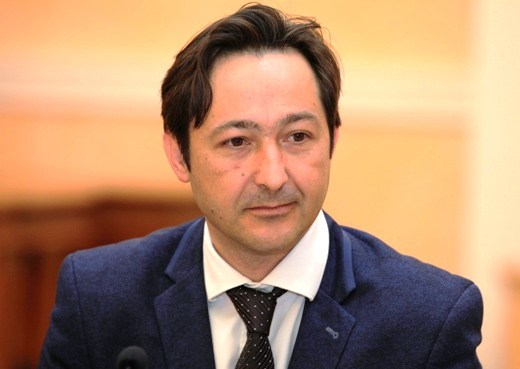
Today, the fleet used in Odessa in the coastal shipping sector, is involved only in the tourism sector. If we talk about the use of the coastal fleet as the public transport sector and an integral part of the route network of the city, it is necessary to mention two components: infrastructure availability and the economic feasibility. Alexander Ilko, the director of the Department of Transport, Communications and Traffic management of Odessa City Council, commented these issues to «SHIPPING» magazine.
Members of the working group on urban coastal passenger shipping renewal today are united in the opinion that such projects should be implemented with the help of investment. In the current economic climate, the city is not able to create new shipping company, to acquire a fleet, etc.
– In general, the position of the city authorities – yes, Odessa needs this project. Although it should be taken into account that coastal shipping in Odessa, has not only advantages but also disadvantages. One of the major drawbacks is a short season. In winter or early spring this form of transport will not be very active – neither in terms of attractiveness for passengers, nor even in terms of security. That is true-to-life. And the plus is that we can use Odessa as a hub for tourism, because we can speak not only about voyages along the coast of Odessa, but also make plans for vessel calls in Chernomorsk, Yuzhny, in the future – in Izmail on the Danube, in Nikolayev and so on, – says Alexander Ilko.
He noted that today there are many theoretical developments by public transport associations; in addition, design companies offer their technical solutions. But we have no the main thing – the real investor who is ready to propose an action plan, and a business project – and is ready to invest. The city is ready, for its part, to provide the necessary facilities and infrastructure – and to help with the paperwork necessary for the implementation of the investment project as quickly as possible.
– Implementation of the projects such as «Sea tram» in Odessa bumps into a number of factors, and not the last is – price. You have to understand that the route from Arcadia to Kotovsky District (southern and northern parts of Odessa), or even to the city-center that today can be reached for 5 UAH (or 10 UAH with a change) by bus, will cost much more expensive by boat. And this factor will certainly be significant for the formation of potential passenger traffic and, as a whole, the payback of the project, – stressed A.Ilko.
According to him, if the future investor will need help or support in certain matters of promotion of the project, the city promises to give such assistance. «We understand that in the segment of the tourist coastal shipping the price, paid by the passenger, allows the market to develop. But so far none of the shipowners appealed to the city authorities with a desire to do something more, for example, to run regular lines», – said the head of the transport department.
On this topic
High-speed hydrofoil boat «Polesie-1» began passenger service between Kiev and Kanev. The first flight was made in July 31, 2016, reported the «Centre of transport strategies». Ticket price is 800 UAH. The vessel accommodates 53 passengers – and its capable speed is up to 70 km/h.
Earlier hydrofoils regularly performed flights on the Dnieper River in Kiev; however, they were stopped in 2002. Ten years later, two of these boats have been acquired by one of the Kiev businessmen. After the reconstruction the boats resumed transportation.
Program «Sea ring»
At the same time Alexander Ilko drew attention to the developed by Ukrainian Marine Environment Protection Association (UKRMEPA) International Program for the Black Sea region «Development of coastal passenger shipping in the countries of the Black Sea «Sea ring». It was developed in the framework of the decision of the European Commission «European Neighborhood and Partnership Instrument».
The priority component is to increase the efficiency of transportation by the ring road construction and the establishment of small passenger shipping system. Among the purposes of the project – the creation of international maritime transport system «Sea Ring» based on small passenger vessels and re-building of a unique infrastructure for the boats movement, safe passengers transport, as well as – the creation of a new unique type of business with further extrapolation on all available coastal areas of the Black Sea region.
In the course of realization of «Sea Ring» program in the regions there should be built (or rebuilt) passenger terminals (port station), which include: the waiting area; technological boarding-landing zone, mooring of the main and guest fleet and the temporary home of the auxiliary fleet; leisure and entertainment zone. It is also necessary to create a propulsion and safety systems of passenger coastal shipping with dispatcher, coast, rescue services and the supply service.
It can be used a fleet of small passenger vessels of coastal connection: large «trams» for up to 350 passengers; small «trams» (up to 200 passengers); «sea bus» (up to 50 passengers); «sea taxi» (up to 12 passengers).
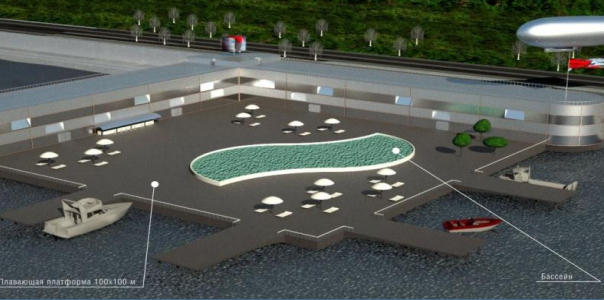
The location of the passenger terminal will take into account the availability of convenient transport links with the bus, tram and trolleybus routes in the main areas of the city, and recreation areas. The object is situated in the open sea, «on the clear water» – at a distance of 130 meters from the shore, with the possibility of yachts, boats and passenger ships mooring. The layout of berthing front with access to the natural depth of about 5 meters will enable to receive and process vessels of «river-sea» type up to 150 m and draft up to 4 m; mooring systems will also be useful as a multipurpose hydropower installations.
Among the advantages of this way – providing a range of services associated with a hotel, restaurant and entertainment service. Profitability of the project is provided by the ability to use passenger terminals (port stations) as entertainment of various formats (aqua-disco-clubs, indoor ice rinks, casinos, restaurants (including underwater ones), bars and cafes, the floating stage, theater, diving center, beach & spa resort, waterparks, dolphinariums, hotel and entertainment complexes on the water, yacht clubs), as well as the possibility of providing a variety of services such as rental scooters, boats, water bikes, etc. – and full beach service in the clear water 130 meters from the seashore.
All in all, areas of the program can get such results as the development of tourism, improving the level of service up to European standards, the creation of a unique network of entertainment objects, additional revenues, job creation, etc.
P.S. Thus, for the emergence of real prerequisites for the investor to appear and the coastal shipping project to come true, at least in Odessa – we need two essential factors: the stabilization of the political (and, consequently, economic) situation in Ukraine – that will make possible the influx of real investment in the country; and also double popularization of such a project abroad (though one cannot deny the possibility of the investor’s occurrence in the current circumstances, however, the implementation of these two conditions will increase the likelihood of the project to come true).
Serhiy Lyalikov, “Shipping“

